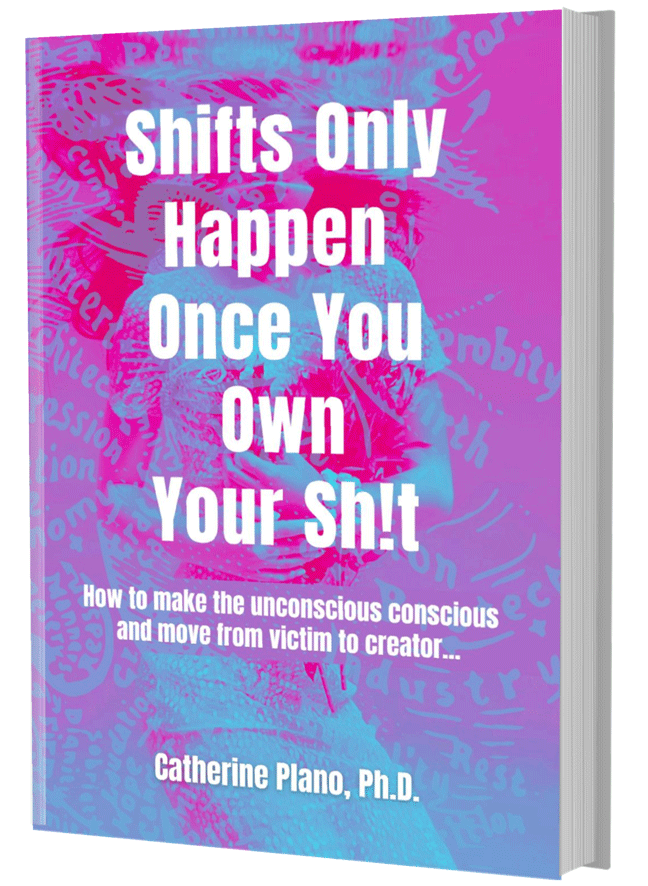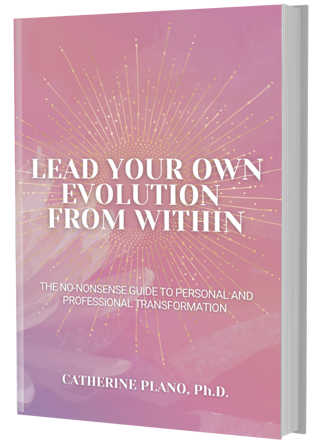A friend of mine has just started taking a vitamin supplement that promises to help her have better memory recall. This interests me, so I asked her the other day whether or not she felt these little daily pills were making a difference and she jokingly replied: “Well they might if I could actually remember to take them!”
Just like every muscle in your body, the old adage ‘use it or lose it’ applies to your noggin. The more you exercise your brain, the better it is. And, the more you will remember …!
Mnemonics to aid the memory
‘Mnemonic’ is another word for memory tool. Quite simply, mnemonics are techniques for remembering information that is otherwise quite difficult to recall.
The idea behind using mnemonics is to encode difficult to remember information in a way that is much easier to remember.
Say what? Well, it works like this. Our brain is evolved to code and interpret complex information from the world around us, such as images, colours, structures, sounds, smells, tastes, touch, positions, emotions and language. We use these to make sophisticated models of the world we live in. Our memories store all of these very effectively.
But here’s the thing. In this day and age, a lot of the information we have to remember is presented differently – for example, as words printed on a page or a screen.
Writing is a rich and sophisticated medium, BUT … our brain does not easily encode written information, making it difficult to remember.
Using your whole mind to remember
The key to maximizing your brain power so that you can remember things more easily, is by coding information using vivid mental images … images that are vivid, and easy to recall when you need them.
The techniques explained show you how to code information vividly, using stories, strong mental images and familiar journeys.
You can do the following things to make your mnemonics more memorable:
- Use positive, cheerful images because your brain often blocks out undesirable images.
- Use vivid and colourful images as these are easier to remember than boring images.
- Use all your senses to code information … remember that your mnemonic can contain sounds, smells, tastes, touch, movements and feelings as well as pictures.
- Give your image three dimensions, movement and space to make it more vivid.
- Exaggerate the size of important parts of the image.
- Use humour! Funny or peculiar things are easier to remember than normal ones.
- Symbols can code quite complex messages quickly and effectively.
Imagination is the beginning of creation
The three fundamental principles underlying the use of mnemonics are imagination, association and location. Working together, you can use these principles to generate powerful mnemonic systems.
Imagination: your imagination is what you use to create mnemonics that are potent for you. The more strongly you imagine and visualize a situation, the more effectively it will stick in your mind for later recall.
Association: this is the method by which you link a thing to be remembered to a way of remembering it. You can create associations by:
- Distributing things on top of each other
- Merging images together
- Wrapping them around each other
- Having them dancing together
- Linking them using the same colour, smell, shape or feeling.
Location: gives you two things: a coherent context into which you can place information so that it hangs together, and a way of separating one mnemonic from another.
By setting one mnemonic in a particular town, you can separate it from a similar mnemonic set in a city. For example, by setting one in Paris and another similar mnemonic with images of Manhattan, we can separate them with no danger of confusion. You can build the flavours and atmosphere of these places into your mnemonics to strengthen the feeling of location.
And then … when you learn to master this technique your memory will surprise and delight you, because you’ll remember your new team mate’s name. You’ll remember where you put your keys, and you’ll remember a whole host of other beautiful things too… the rich, important memories that make a life worthwhile.





